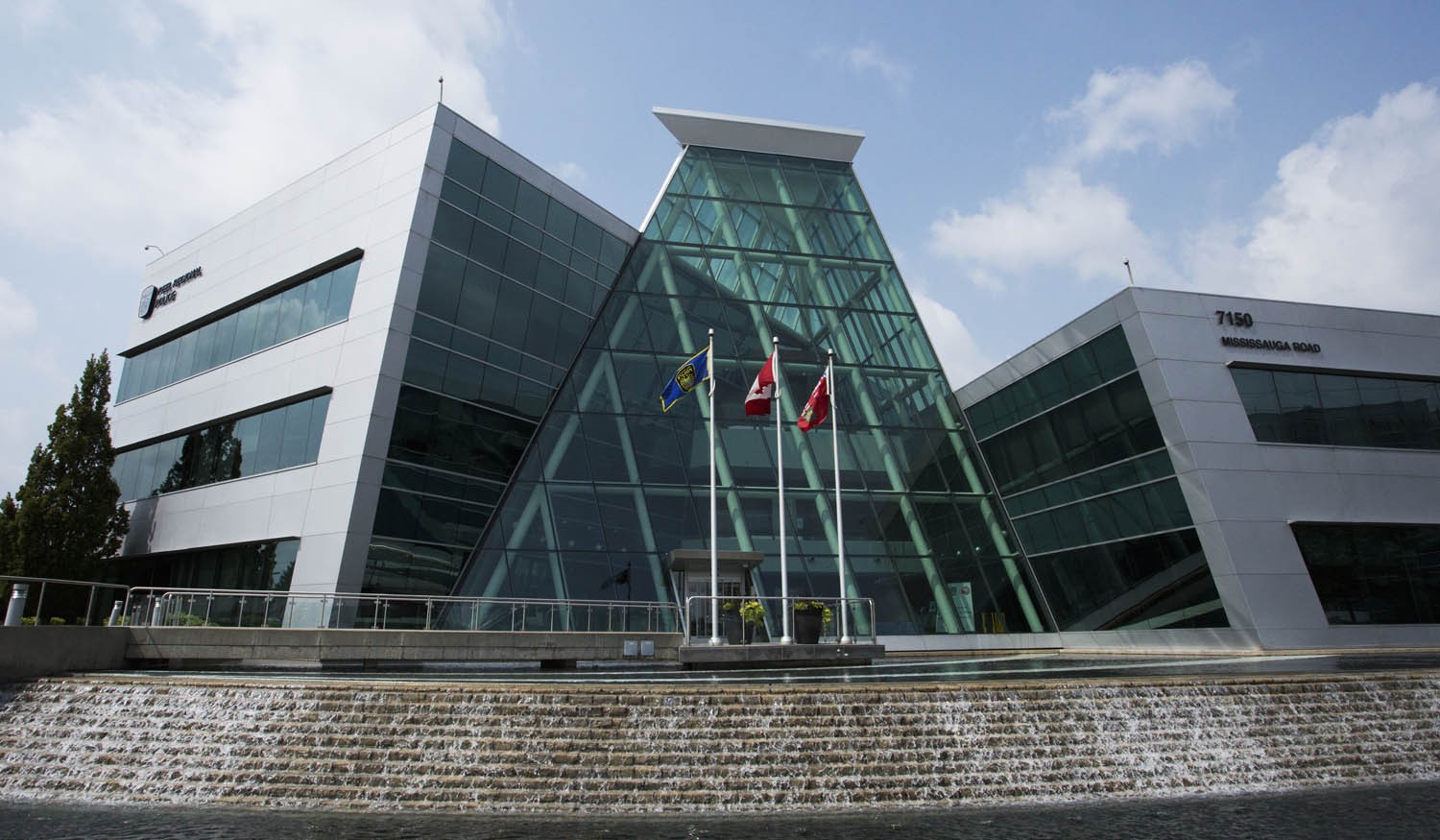
Mother of 6-year-old schoolgirl handcuffed by Peel police alleges racial discrimination in human rights case
The mother of a six-year-old Black girl whose hands and ankles were cuffed by Peel Regional Police after throwing a tantrum at school alleges the young girl’s forceful treatment was partially based on her race.
The claim is currently before the Human Rights Tribunal of Ontario and names the Peel Regional Police Services Board. The tribunal began hearing evidence this week, making it the latest discrimination case stemming from a police force with a reported history of systemic racism.
According to court documents, the young girl’s mother alleges her daughter’s treatment amounts to an “excessive level of police force and brutality” and claims it was motivated by anti-Black racism.
Lawyers representing the Peel Police Services Board have categorically denied the allegations, which stem from an incident in September 2016.
Peel police were called to Nahani Way Public School on Sept. 30, 2016, because the young girl, in Grade 1 at the time, was acting out. The girl’s mother says the school called her, explaining her daughter’s behaviour was “out of control.” The mother claims that when police arrived on the scene, they handcuffed her daughter’s wrists and ankles and “forcefully attempted to draw blood for treatment without her parents’ consent.”
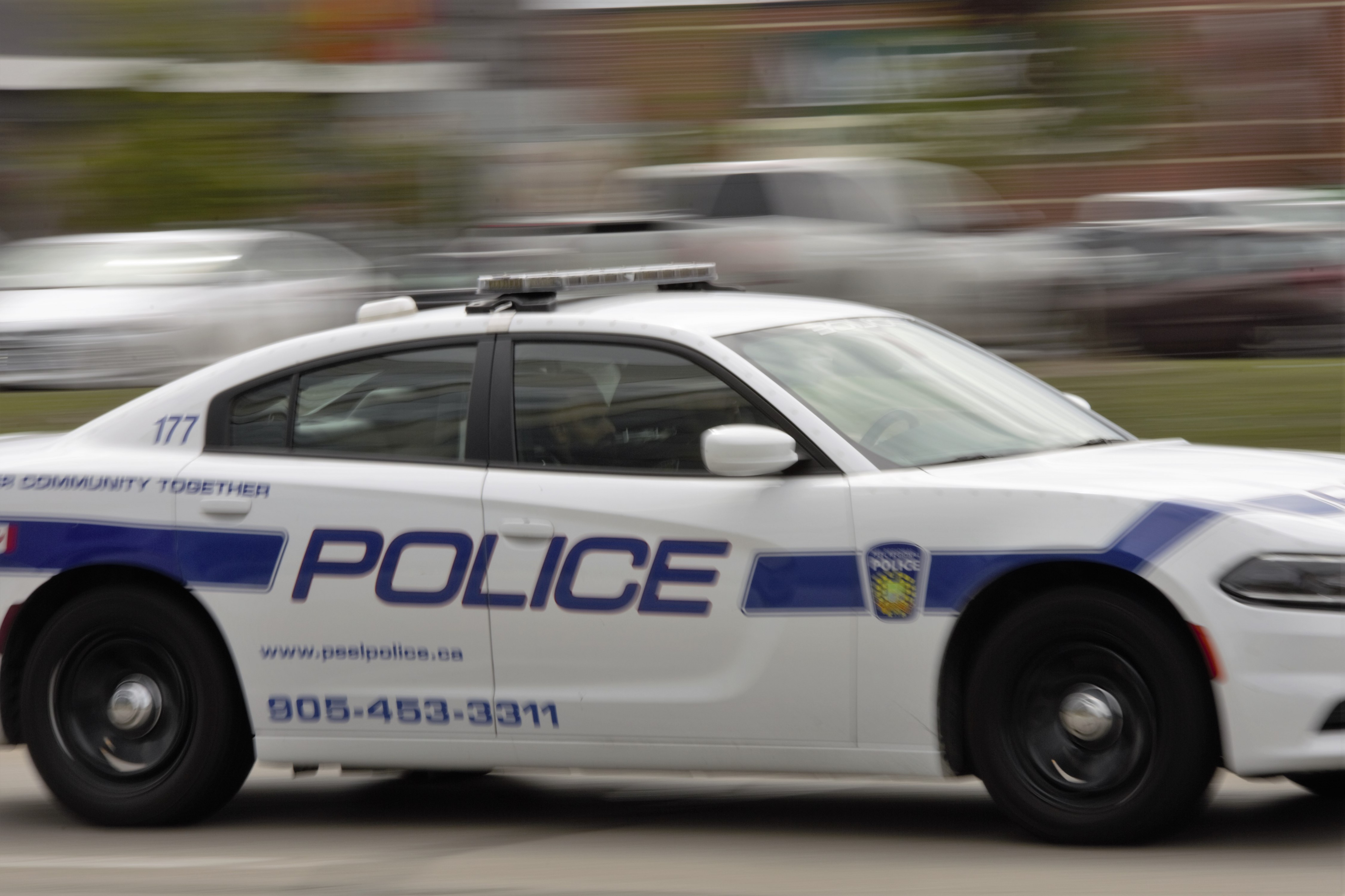
Statements from police paint a very different picture of what happened that day. Tribunal documents state that, after receiving a call from the school about the girl, who was described as having “behaviour issues,” officers found the young girl “continued to kick, spit, bite and flail.” It was only after she had been warned several times that she would be restrained if she didn’t calm down that the officers decided to place her in handcuffs, according to the police account.
During the first day of the hearing on Wednesday, Paula Rusak, the lawyer for the Peel police board, explained that the officers acted reasonably and that placing the girl in restraints was necessary to save her from hurting herself and others, according to the Toronto Star.
Ahead of this week’s hearing, the lawyers for the board attempted to have the case tossed out, claiming in an application that it has “no reasonable basis for success,” and “the board has provided a reasonable explanation for the events that is entirely unrelated to the Applicant’s race, colour, ethnic origin or ancestry.”
The application to have the case dismissed was thrown out in March of this year, with an adjudicator deciding the discrepancies between the events as backed up in the complaint, and the police occurrence reports and police notes created “credibility issues,” and called for a hearing on the evidence.
Peel police has been dogged by a string of court cases involving officers lying about evidence and altering the facts of events in their written occurrence reports. Last year four officers were charged with theft and perjury when they allegedly lied about removing a statue of Scarface character Tony Montana from a storage locker while investigating a drug case, that the judge threw out because of “completely unjustifiable” behaviour by the officers.
In another drug case, Peel officers were found to have colluded in altering their stories before a case went to trial. In throwing out the charges Justice Deena Baltman said the officers had “essentially colluded and then committed perjury en masse.”
Other cases have also raised questions about the culture of Peel police and whether or not officers face proper discipline for wrongful behaviour. In a recent five year period, data shows that more than 600 officers on the force engaged in wrongdoing, about one third of the force’s uniform staff complement during that period, a rate three times higher than the next worst force in Ontario, with critics suggesting there is a culture of rot within Peel police.
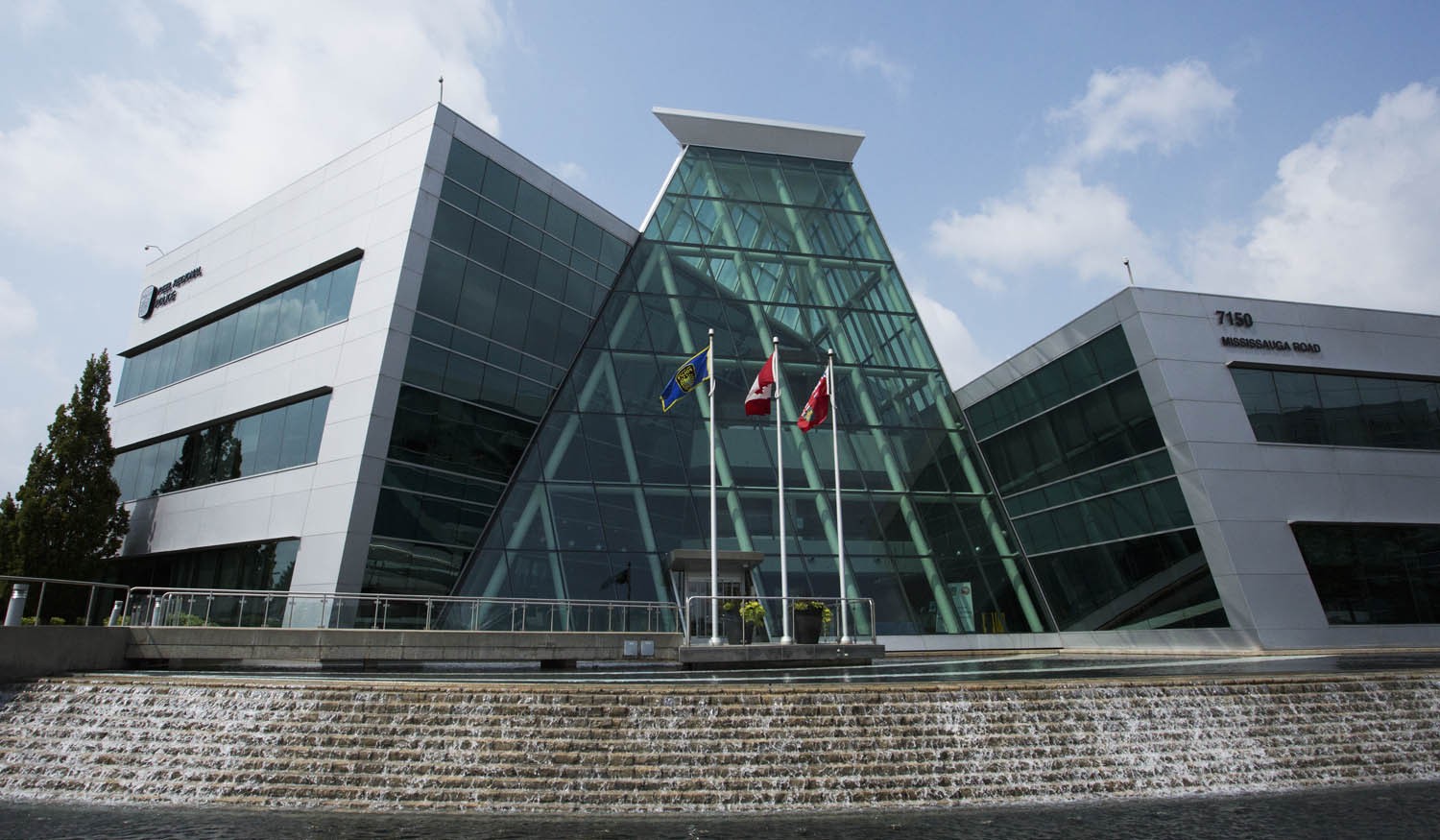
Peel Police headquarters
A recent two-part series in The Pointer detailed the troubling recent history of the force. Readers can link to Part 1 here and Part 2 here.
A Human Rights Tribunal ruling in 2017 found a Punjabi-Canadian Staff Sgt. had been discriminated against when he was not allowed to enter a competition for promotion.
The mother of the girl who was handcuffed when she was 6 has also filed a lawsuit against the police, a complaint with the Office of the Independent Police Review Director (OIPRD) and a Charter claim alleging the girl’s rights protected under the Charter of Rights and Freedoms were also violated.
The case adds to previous ones the Peel Police and its board have had to defend before the Human Rights Tribunal for matters relating to discrimination.
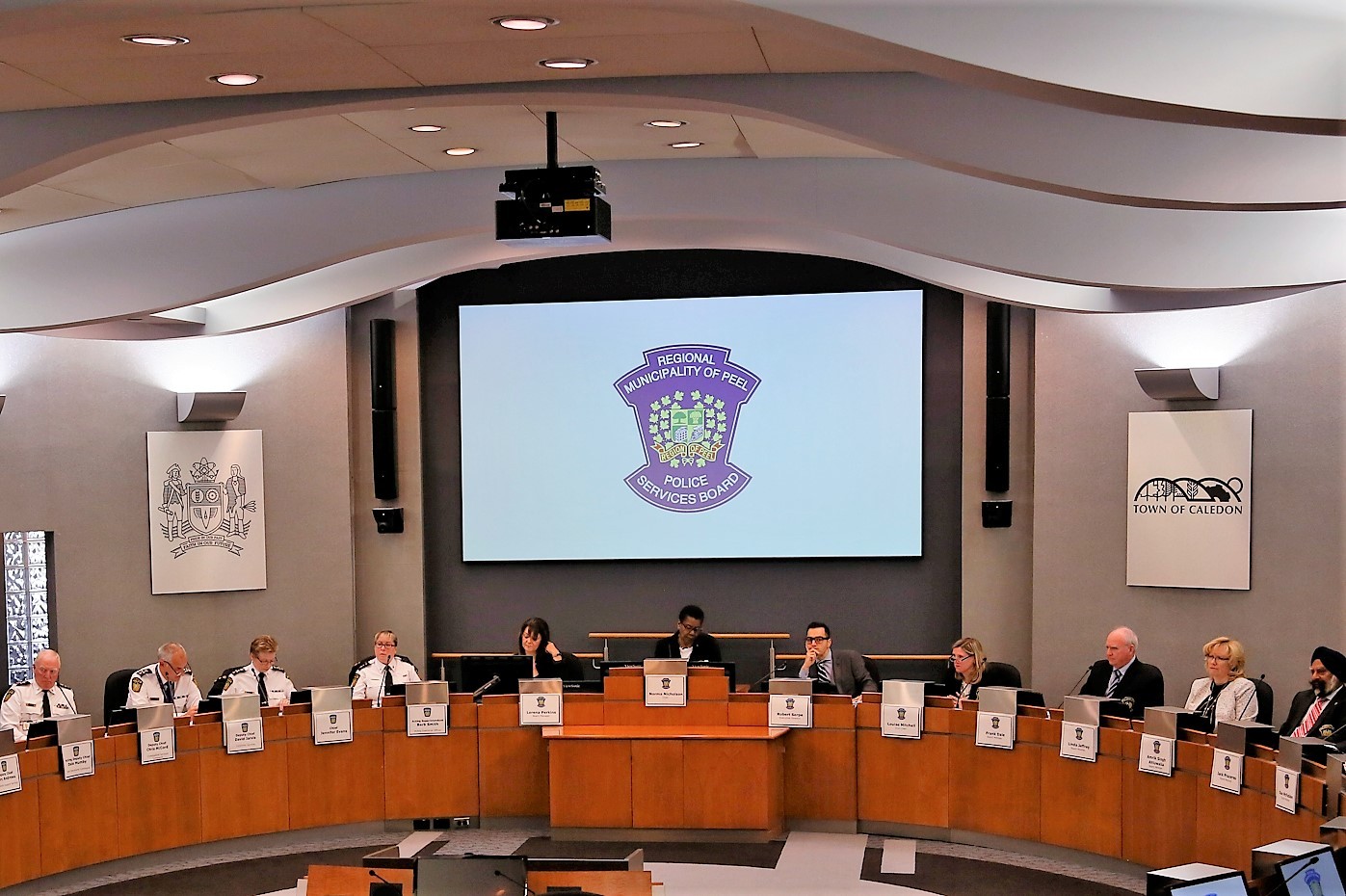
In 2017, a ruling by the tribunal found the force discriminated against highly decorated officer Baljiwan (BJ) Sandhu, denying him a chance to compete for promotion into the senior ranks. The ruling also said the tribunal had found the Peel Police Service devalues policing in the South Asian community. Evidence in the case revealed racist language and actions within the force and a frat-house culture that mocked diversity and did little, from leadership down, to change things.
The tribunal ruled that Sandhu's failure to receive a chance at promotion was, in part, due to his ethnicity. "And as such I find that the applicant has been subject to discrimination because of race, ancestry, place of origin, and ethnic origin in violation of … the [Human Rights] Code," wrote Bruce Best, a vice-chair of the tribunal.
The latest hearing comes less than two months after a diversity audit completed by the Canadian Centre for Diversity and Inclusion (CCDI) for the police board was finally released to the public; it backed up many of the complaints about systemic racism that have been raised for years about Peel police by community advocates.
The 142-page document describes a police force that doesn’t represent the diverse community it serves, raises barriers for racialized members of the force, punishes those who speak out, and, at the upper levels, has turned a blind eye to systemic bias.
A disturbing 79 percent of the Peel police employees who took part voluntarily in focus groups reported experiencing harassment or discrimination within PRP, while 90 percent of participants reported witnessing such behaviour.
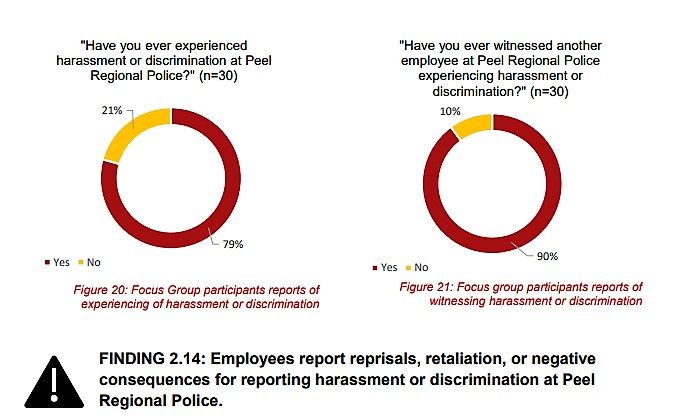
The CCDI placed the blame for these issues on senior leadership within the PRP, with a majority of employees describing the organization as “change-averse” and “elitist.” The report says almost three-quarters of police leaders and members of the board “do not seem to recognize that barriers exist or rarely exist for certain groups at Peel Regional Police.”
About a third of the PRP leaders in place in 2017-18 “indicated their belief that these systemic oppressions do not exist within PRP,” while others suggested they believe “these oppressions manifest only as individual acts of meanness” and don’t make “the connection that these oppressions are systemic in our society and therefore are also in our organizations,” the report states.
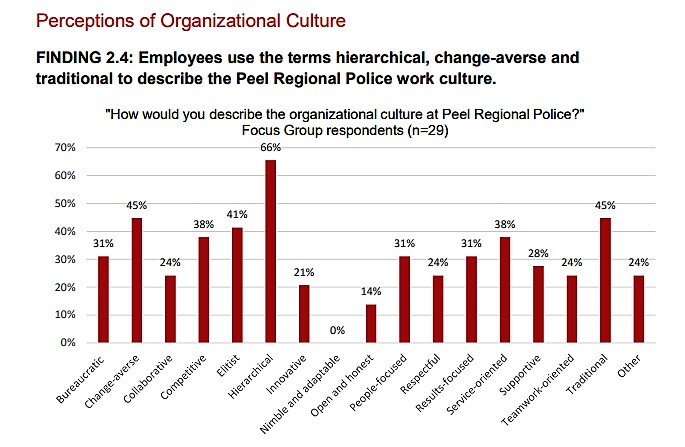
This disconnect between the opinions and perspectives of employees and those of senior leadership is one of the issues highlighted by CCDI.
“Our analysis suggests that the biggest obstacle to the Peel Regional Police addressing issues of diversity, equity and inclusion in the police service may be the mindset of leaders and service members, demonstrated by a lack of acknowledgment that there are real systemic problems to address,” the report says.
Email: [email protected]
Twitter: @JoeljWittnebel
Submit a correction about this story


